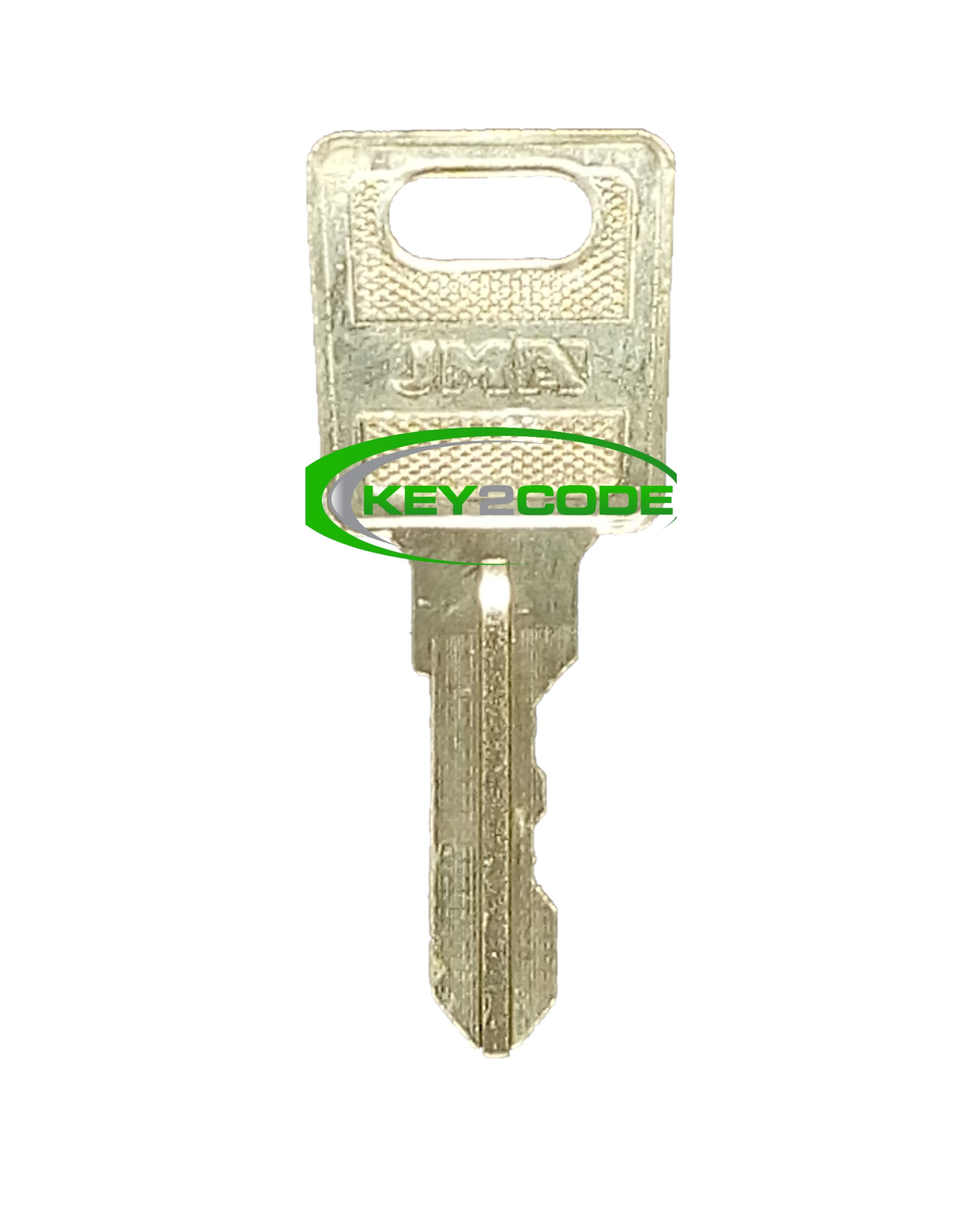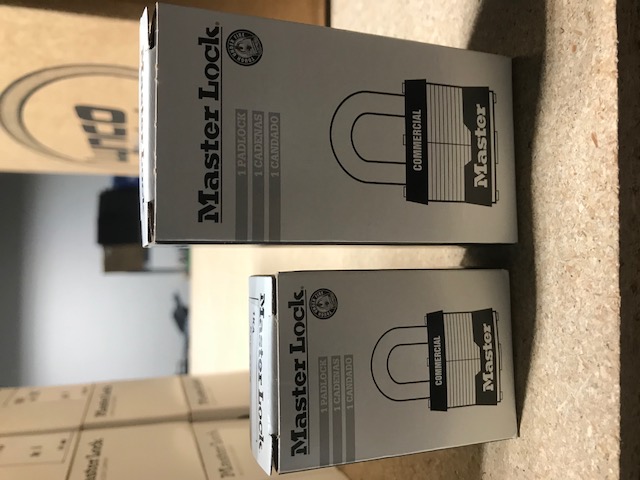
These keys usually open doors, gates, and padlocks to important parts of the company’s complexes. The recipient is cleared to receive the key, the issuance is documented, and the key is tracked until it is eventually returned or retired. The issuance of these keys is carefully supervised. Keys that are personally assigned need to be accounted for at all times. This is reasonable as the only means to guarantee that only certain persons have access to an area is to guarantee that they cannot obtain an unauthorized key by having a duplicate produced at a hardware store or public key shop. When key blanks are patent-protected or restricted, these keys can be assigned to individuals with proper clearance.Īreas where access needs to be limited to list of known persons should be protected using locks that feature patent-protected or restricted key blanks. These little-known key blanks can be used for specific applications providing some key control. Some lock manufacturers produce a number of key blanks that are not publicly known or in demand. There are no laws against after-market key blank manufacturers offering key blanks that are restricted from distribution by the original equipment manufacturer. It is illegal for after-market key blank manufacturers to produce patent-protected key blanks.

Many lock companies offer key blanks that are either patent-protected or distribution is strictly controlled. In order for keys to be practically assigned to individuals, the key blanks need to be difficult to obtain. Keys may be assigned but cannot be produced.Keys that can be produced but are never issued.A key that cannot be assigned to individuals and no clearance is necessary to issue.Keys that cannot be assigned to individuals but require proper clearance to issue.Keys that can be assigned to individuals with proper clearance.Keys can be segregated into five distinct groups that will define how issuance occurs: Key management is all about the appropriate issuance of keys. Simply because a key can be produced isn’t reason enough to issue it. Perform routine audits to evaluate integrity and value.Establish policies, procedures, and forms that cannot be easily changed.This inconsistency adversely affects key management.Īll effective key management programs share basic concepts: As designees are rotated, new procedures and ideas are usually instituted (by the designee) relating to the issuance of keys from the locksmith, to the designee, then to persons within the company.

Usually the designee is the person calling the locksmith out. The timely response to emergencies is the order of the day while key issuance is best left to a designee assigned by the company. To profit and stay in business, locksmith companies must service hundreds of commercial accounts. Independent locksmith companies are disadvantaged as there is little time to concentrate on any one company’s keying systems.


Locksmiths who are dedicated to a single customer can do a better job relating to their key management. Equally important is the opportunity to develop key management standards. The primary advantage is timely response to emergency lock repairs and installations. There are reasons why companies employ locksmiths on a full-time basis.


 0 kommentar(er)
0 kommentar(er)
